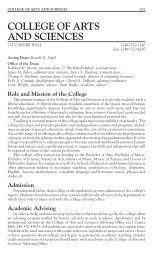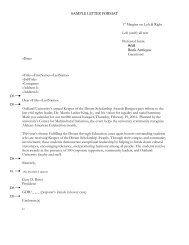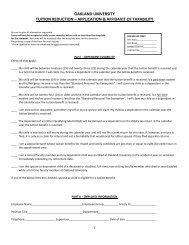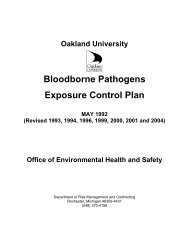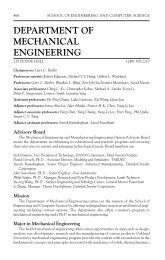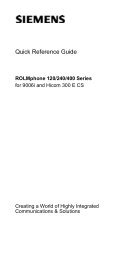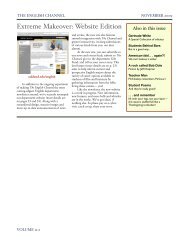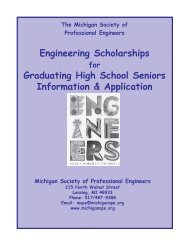KOB Pyrot Installation & Operation
KOB Pyrot Installation & Operation
KOB Pyrot Installation & Operation
Create successful ePaper yourself
Turn your PDF publications into a flip-book with our unique Google optimized e-Paper software.
and regulations) these being separate items for the scope<br />
of delivery ordered from Viessmann according to the descriptions<br />
below.<br />
We always recommend installing a rotary valve as<br />
per section 7.2.3 for the PYROT Rotation Heating<br />
System.<br />
In addition to being a safeguard against burn-back,<br />
this will also prevent any penetration by air leaking in<br />
via the feed auger.<br />
7.2.1 Automatically Triggering System for the Material<br />
Supply System (SLE-M)<br />
Approved in part as a variation to the shut-off valve in<br />
pressure-less fuel storage units.<br />
The heating engineer according to Spec Sheet 4550<br />
must carry out the installation of the extinguishing<br />
system.<br />
7.2.2 The slide valve<br />
This is approved in pressure-less fuel storage units in all<br />
cases and suitable safeguard against back-burn.<br />
7.2.3 Rotary valve<br />
If remnant wood is moved into fuel storage spaces with<br />
fans, then, in order to reduce pressure applied, at least one<br />
rotary valve is necessary to reduce pressure between the<br />
fuel storage unit and the furnace. The rotary valve is<br />
A smoke gas alarm must be installed between the rotary<br />
valve and the silo extraction system, which, when triggered,<br />
will disconnect the system causing the negative<br />
pressure for the silo.<br />
7.3 Fire protection for the fuel storage space<br />
The measures necessary for this are never part of the<br />
scope of performance from Viessmann.<br />
The conditions set by the local building authorities must be<br />
met by the operating organisation in this connection.<br />
8 Commissioning<br />
Only Viessmann or another trained specialist may put a<br />
newly installed facility into operation for the first time.<br />
Before the facility is commissioned, the system must be<br />
filled with water, fuel stored for the commissioning and the<br />
installation inspected.<br />
8.1 Filling the heating system<br />
The first filling is usually carried out with untreated water<br />
without any chemical water treatment but definitely filtered<br />
and thus free of any suspended solids.<br />
Pay special attention when the filling is carried out to be<br />
sure the air is carefully bled out. With difficult water conditions<br />
(high degrees of hardness, etc) and/or large vol-<br />
suited to reduce pressure and at the same time is consider<br />
as a suitable safeguard against back-burn.<br />
Max. overpressure allowed in fuel storage unit:<br />
(+500 Pa) +2.00"wc.<br />
Max. negative pressure allowed in fuel storage unit:<br />
(+0 Pa) +0"wc.<br />
7.2.4 Double rotary valve with pressure compensation<br />
system<br />
If, due to special circumstances, any mechanically produced<br />
negative pressures or extraordinarily high overpressures<br />
are expected in the fuel storage unit, then two rotary<br />
valves must be installed in the material transport route according<br />
to the respective project plan with a pressure compensation<br />
line to the outdoors.<br />
Maximum overpressure allowed in fuel storage unit:<br />
(+3000 Pa) /+12"wc.<br />
Maximum negative pressure allowed in fuel storage<br />
unit: (-3000 Pa) / – 12"wc.<br />
One must have the supplier of the chip suctioning system<br />
confirm the maximum pressures to be expected.<br />
The rotary valve below the silo extraction system can become<br />
leaky due to wear of the sealing elements or through<br />
large pieces of wood that cannot be conveyed. This leakage<br />
can make it possible for low-temperature gases to flow<br />
back from the furnace into the silo.<br />
umes of water by using appropriate measures for water<br />
treatment.<br />
Note: The filling pressure of the cold water reserve should<br />
be approx. (0.1 bar) 1.5 psig greater than the supply pressure<br />
of the closed expansion tank.<br />
8.2 Fuel for the commissioning<br />
For the commissioning, dry fuel (max. W 20%) should be<br />
stored in an amount for approx. 10-24 full operating hours.<br />
This is as follows:<br />
PYROT 100 approx. 1760 lb<br />
PYROT 150 approx. 2640 lb<br />
PYROT 220 approx. 3300 lb<br />
PYROT 300 approx. 4400 lb<br />
PYROT 400 approx. 5500 lb<br />
PYROT 500 approx. 6600 lb<br />
Since the boiler plant is cold, and the residual moisture will<br />
also be drawn from the refractory concrete during the initial<br />
operation, the material to be burned for the initial operation<br />
has to be at least air dry. The heating-up process<br />
should be carried out during the first three hours at low<br />
output.<br />
To check the functioning of the silo extraction system, not<br />
too much material to be burned should be stored so as to<br />
be able to quickly clear out the extraction system to remedy<br />
the cause of any malfunction there might be.<br />
10




